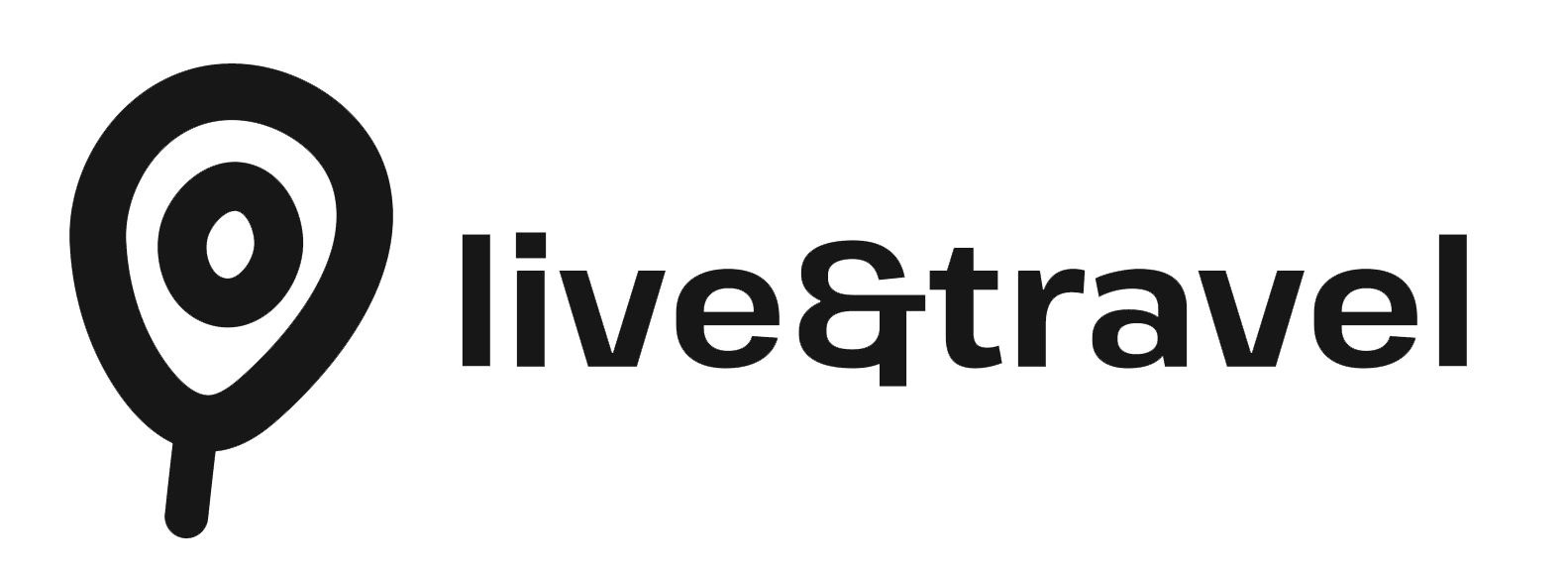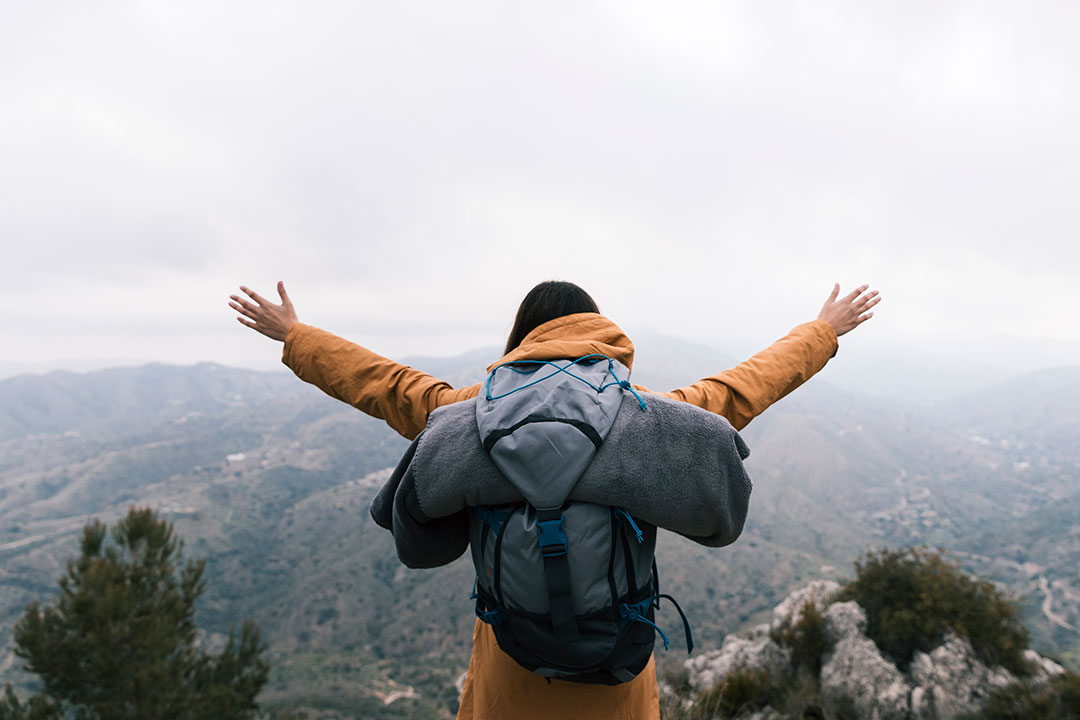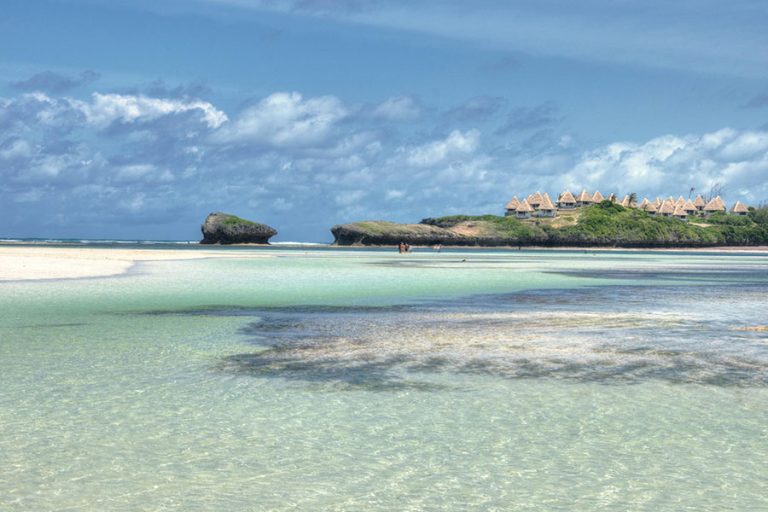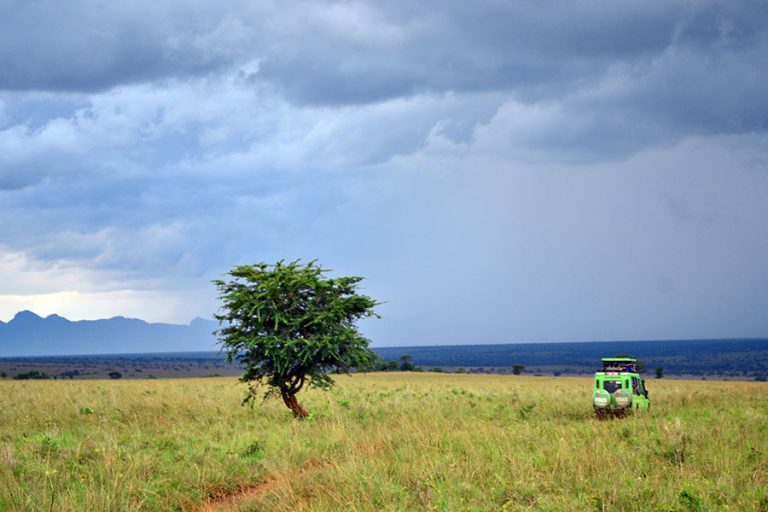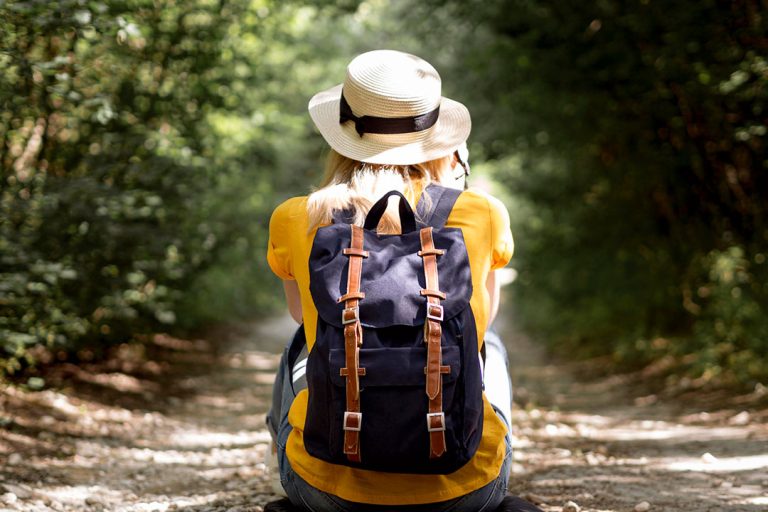Backpacking Uganda: A Budget Traveler’s Guide
Backpacking is all about exploring new places with nothing but a backpack and a thirst for adventure. It is the best way to travel on a budget, experience different cultures up close and embrace the freedom of the open road. Backpacking is not just a way of traveling, it is a lifestyle. It is all about taking a leap into the unknown, stepping away from the comfort of organized tours and diving into the adventure of exploring a place on your own terms. For those with an adventurous spirit and a tight budget, backpacking allows you to go beyond the touristy highlights, experience new cultures and create amazing memories.
Uganda is one of the best places to backpack in East Africa. Also known as the Pearl of Africa, this country offers everything from lush rainforests and towering mountains to wild safaris and friendly locals. Whether you are looking to hike, explore wildlife or just chill by a beautiful lake, Uganda has so much to offer. The best part? You don’t need to break the bank to enjoy it. With a bit of planning and a sense of adventure, you can explore Uganda without emptying your wallet.
So, if you are dreaming of a backpacking trip that won’t cost you a fortune, Uganda should be at the top of your list. In this guide, I share tips on how to explore Uganda on a budget, from when to visit to how to get around and where to stay. Trust me, backpacking here is the kind of adventure you don’t want to miss.
When to Visit Uganda for Backpacking
Uganda has a tropical climate, so it is a good destination year-round. However, the timing of your visit can make a huge difference to your budget.
Uganda has two distinct seasons; the dry season and the wet season. Understanding these seasons can help you plan your trip to save money while still enjoying everything Uganda has to offer.
Dry Season (June – September, December – February): If you’re looking for perfect weather, this is the time to go. The dry season is when you’ll get the clearest skies and the best hiking conditions. However, since it’s the most popular time to visit, prices for accommodation and tours can be a little higher.
Wet Season (March – May, October – November): While there is a higher chance of rain during the wet season, this period has its own charm. You will find fewer tourists and prices for accommodation and tours drop. It is also a great time to visit the rainforests and take advantage of lower costs for food and transport. The rain is typically heavy in the afternoon or evening, so you can still enjoy outdoor activities in the mornings.
Tip: If you’re traveling on a budget, try visiting Uganda during the start or end of the wet season. You will get the best of both worlds. Cheaper prices and beautiful weather.
Getting Around Uganda on a Budget
One of the best things about backpacking in Uganda is how easy and affordable it is to get around. Understanding how to navigate around the country on a budget can help you save money and time.
Public Transport
- Boda Bodas (Motorcycle Taxis): This is the most common and fastest way to travel short distances in Uganda. They are super cheap and convenient for getting around the city or traveling short distances. Boda bodas are a bit of a wild ride (sometimes you’ll feel like you’re flying) but they will get you to your destination fast. Just make sure you agree on a price before hopping on and always wear a helmet.
- Shared Taxis: These taxis work along specific routes. If you are traveling between cities or towns, taxis are a budget-friendly choice. You will share the ride with locals (and maybe a chicken or two) but it is an affordable way to get around.
- Buses: For longer distances, buses are a great option. Reliable companies like Jaguar, Global Coaches, YY Coaches, Link Bus and Modern Coast offer budget-friendly fares with journeys to popular destinations such as Kabale, Mbarara, Fort Portal and Mbale.
Alternative Budget Options
- Hitchhiking: This is a popular method of travel in rural Uganda. Hitchhiking is an adventurous way to get around but it is essential to confirm the price with the driver before accepting a ride.
- Ferries and Boats: Uganda is home to several beautiful lakes and traveling by boat is a scenic yet affordable way to explore them. Ferries and boats will get you across these waterbodies without spending a fortune.
Pro Tip: For longer journeys, download a local map app or use Google Maps to stay on track. It’ll help you keep your bearings and avoid getting lost.
Where to Stay while Backpacking in Uganda
Backpacking is all about finding the right balance between comfort and cost. Uganda offers a wide range of budget accommodation options that will keep you within your travel budget while providing a great experience.
Hostels & Guesthouses: Uganda is home to many backpacker-friendly hostels and guesthouses where you can find both dormitories and private rooms at affordable prices. Expect to pay between $10 – $15 for dorm rooms and $20 – $30 for private rooms. Some popular options include:
Bushpig Backpackers: This lively hostel is located in the heart of Kampala and is perfect for meeting fellow travelers and getting advice on what to do in the city.
The Nile River Explorers: This one is a favorite among adventure lovers visiting Jinja. This hostel is just a stone’s throw from the Nile River and has plenty of activities you can do while there like rafting and kayaking.
Yes Hostel: Located in the tourism city, Fort portal, this guesthouse offers comfortable rooms at affordable rates.
Camping: Many national parks and lodges offer camping options. If you are a fan of outdoor adventures, you can pitch your tent in places like Sipi Falls or Lake Bunyonyi for as low as $5 – $10 per night.
Couch surfing and Homestays: Another way to save money is by staying with locals. Couch surfing is a great platform to connect with Ugandans who offer free accommodation, or you can choose to stay in a homestay and experience local culture firsthand.
Tip: Book your accommodation in advance if you are visiting during the high season to secure the best rates especially in popular destinations like Kampala, Jinja and Entebbe.
Hostels often have kitchens where you can cook your own meals. If you’re into cooking, it’s a great way to save even more money.
Affordable Places to Eat & Drink
Food is one of the best parts about traveling and in Uganda, you don’t have to spend a lot to enjoy delicious meals. From street food to local restaurants, you will find many options that will keep your belly full without spending a lot.
Best Budget-Friendly Foods in Uganda
Rolex: This is a popular Ugandan street food made of chapatti filled with eggs, onions and some vegetables. It is filling and makes for a perfect on-the-go meal going usually for about $1-$2.
Kikomando: This is a dish of beans mixed with chopped-up chapatti. It is a local favorite for budget-conscious backpackers and is commonly sold at street stalls. Its prices goes from $1 upwards depending on how much you want.
Local food: You can choose to eat from the local cuisine which comprises of different traditional Ugandan dishes like posho, cassava, sweet potatoes, Irish potatoes, rice, matooke served with any sauce of your choice like gnuts, peas, beans, chicken, beef or goat meat. This usually costs about $2-$5.
Street BBQ: You will find vendors selling grilled chicken, goat, or beef at street corners. Grab a skewer of meat with roasted plantains for a yummy, cheap meal.
Where to Eat on a Budget
Local Markets & Roadside Stalls: Local markets are the best places to find cheap, authentic food. Grab a quick bite for as little as $1 – $3 from the food stalls lining the streets.
Buffet-Style Local Restaurants: Many local restaurants offer buffet-style meals where you can fill your plate for $3 – $5. These are great for travelers who want to sample a variety of local dishes.
Tip: Avoid drinking tap water. Stick to bottled water or carry a refillable water bottle with a built-in filter to save money and stay healthy.
Budget-Friendly Things to Do in Uganda
Uganda is brimming with things to do and the best part is that many of its attractions are either free or very affordable.
Free and Low-Cost Activities
- Hiking in Sipi Falls: Sipi Falls is one of Uganda’s most beautiful waterfalls. It is the perfect destination for budget travelers who love the outdoors. You can hike around the falls for a small entrance fee and the surrounding scenery is stunning.
- Exploring Lake Bunyonyi: Known as one of the most scenic lakes in Uganda, Lake Bunyonyi is a great spot for swimming, canoeing or just relaxing by the water. It is a peaceful retreat and it is free to explore.
- Walking Tours in Kampala (Free – $10): Kampala has a lot to offer in terms of history, culture and local markets. You can take a walking tour around the city’s most famous attractions like the Uganda Museum, the Ndere Cultural Centre and Owino Market. Many of these tours are free though you might want to tip your guide if you choose to use one.
Budget-Friendly Safaris & National Parks
- Queen Elizabeth National Park: Uganda’s most popular national park offers an affordable way to experience wildlife. You can book budget-friendly safaris, visit the Ishasha region for tree-climbing lions, or take a boat ride along the Kazinga Channel to see elephants, buffaloes, and hippos.
- Lake Mburo National Park: This is the most budget-friendly savanna park in Uganda. It is a great place to see zebras, impalas, hippos and giraffes. Since it is closer to Kampala, you can visit on a short trip without spending too much on transport.
Tip: National park entrance fees can be higher if you choose additional activities like guided walks or boat tours. To save money, consider doing self-guided walks or opting for group tours.
Consider visiting community wildlife reserves like Pian Upe if you’re looking for even more off-the-beaten-path experiences.
Final Thoughts
Uganda is a backpacker’s dream come true. It is an affordable and beautiful country filled with diverse landscapes, rich culture and amazing wildlife. It is a place where every day offers something new, and you don’t need a ton of money to enjoy it.
By planning ahead, sticking to public transport and choosing affordable accommodations and food, you can experience all the beauty of Uganda without breaking the bank.
